The rise of British micro watch brands
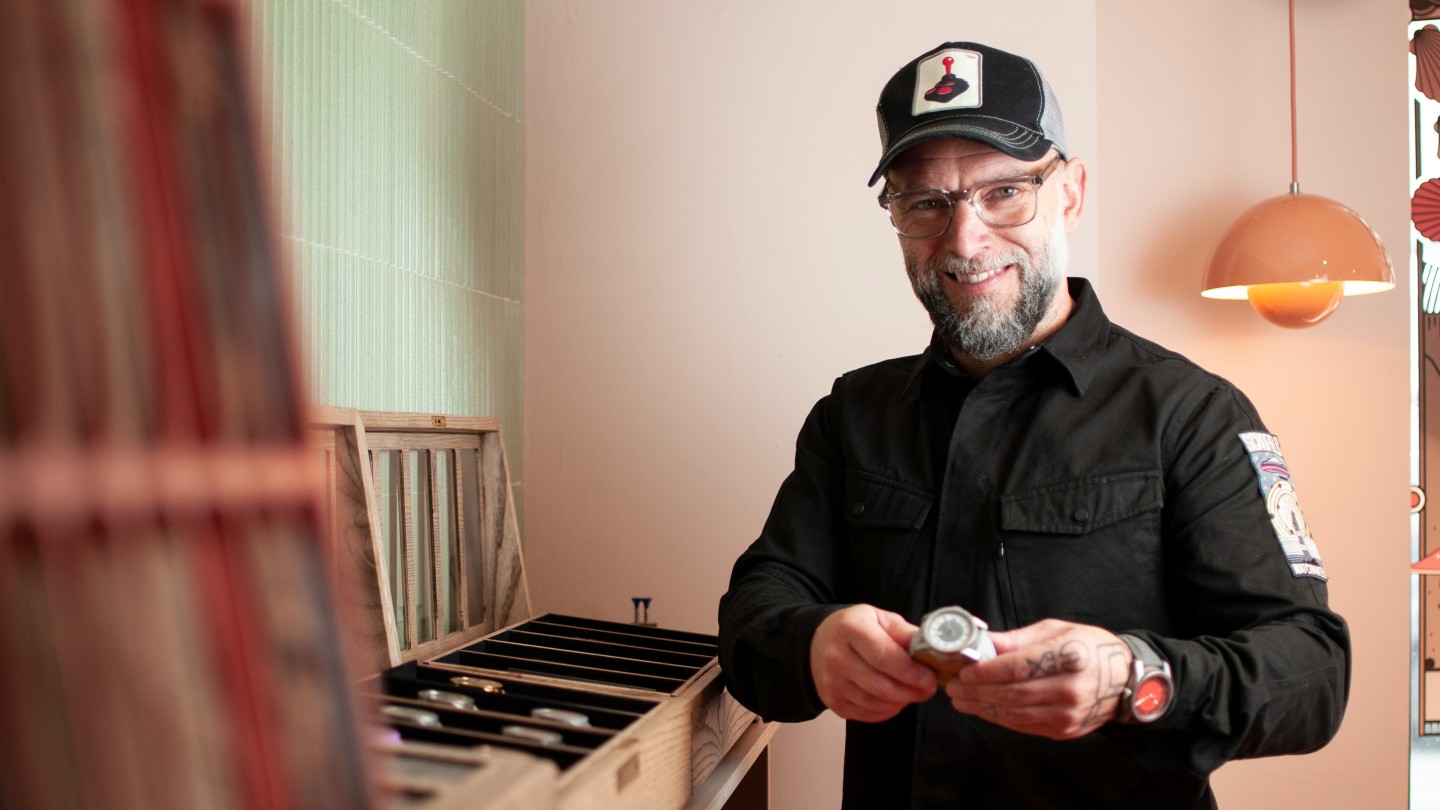
Roula Khalaf, Editor of the FT, selects her favourite stories in this weekly newsletter.
Last year’s opening of Bremont’s £20mn production and technology centre, on the outskirts of Henley-on-Thames, was designed to make a statement: British watch manufacturing is back in the UK.
The 35,000 sq ft wing-shaped facility houses hundreds of staff, millions of pounds’ worth of machinery, and has the potential to produce up to 50,000 watches a year.
But there is another side to Britain’s horological renaissance — in the form of the numerous small-volume producers that have sprung up around the country during the past decade, most of which work to the formula “designed by us but made elsewhere”.
The majority are little more than microbrands without production lines to manage, eliminating the need for large, industrial facilities. “We were based in an old, asbestos-roofed industrial unit where we had been since starting the business in 2011,” says designer Giles Ellis, founder of the Schofield Watch Company. “But, three years ago, a shop came up for rent in my home village of Upper Beeding in West Sussex, and deciding to base ourselves there was the best thing we have done for the brand.
“We’ve been internet-based from the beginning, but having the shop has enabled us to be more analogue and create a space representative of what Schofield stands for — a slower way of doing things and a lack of pretension.”
Schofield says the tiny shop “akin to a 1920s dressmaking boutique”, is an anomaly on the high street, where the only other commercial premises are a newsagent, a hairdresser and a pharmacy. Tasteful window graphics serve as a substitute for displaying watches — which Ellis’s insurance does not allow — and the interior is decorated with pink walls, pink carpets and terrazzo tiles.
Ellis has a workshop at his nearby home, so the store is equipped only with a few basic tools for tasks such as strap-fitting and simple maintenance. However, he says it has become a “destination” for those seeking to understand the inspiration behind his designs.
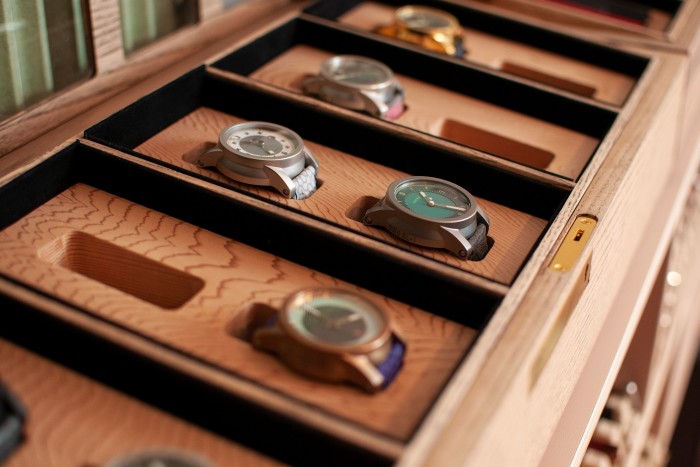
Thirty-five miles west of Schofield, in Emsworth, lies the home of Zero West, founded in 2018 by draughtsman and designer Andrew Brabyn and business partner Graham Collins — an engineer with a background in developing military equipment.
When the pair set out to create watches that paid homage to historical engineering milestones, with dials showing the latitude and longitude of where they occurred, it was inevitable that models based on cars, motorcycles, boats and aircraft would form the basis of the portfolio.
But it was only while moving into their premises, a former boat house on Bridgefoot Path, that Brabyn realised serendipity might have played a part in their choice of location.
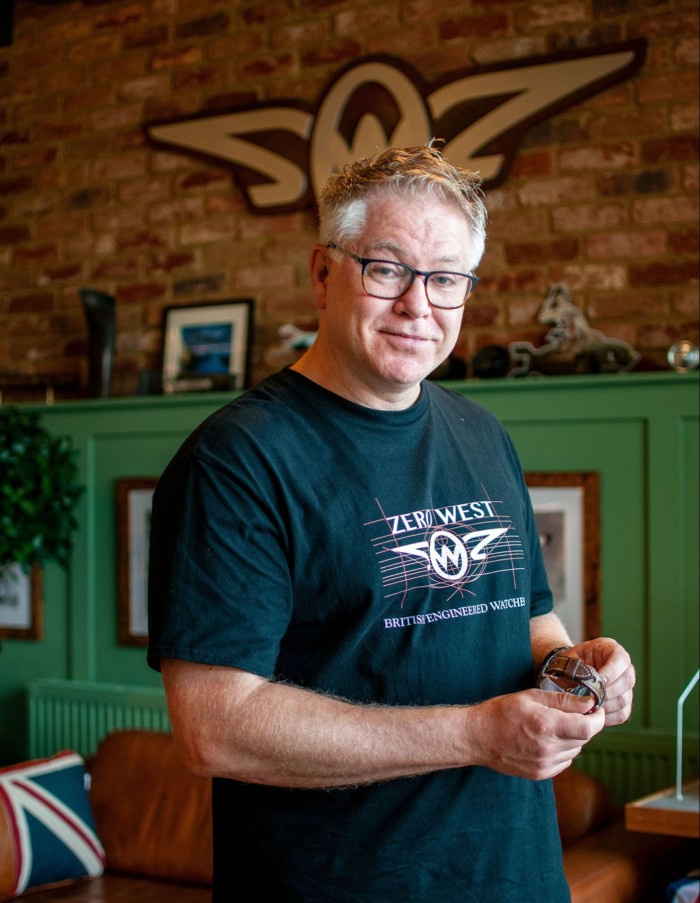
“I was unloading the car and an elderly man stopped and engaged me in a conversation about the war,” he recalls. “Just as he was about to leave, he told me that the boat house was where Sir Henry Segrave’s 1000 horsepower Sunbeam speed record car was built during the 1920s. Over the coming months, we slowly discovered that the building was used by a man called George Gray, a metal fabrication expert, who had made the panelling for the first Vanwall single-seater grand prix car.
“He also worked on Segrave’s Golden Arrow land speed car and Sir Malcolm Campbell’s Bluebird — and, during the war, the boat house became a shadow factory making fuselage components for wartime Spitfire fighter planes after the main Supermarine plant [in nearby Southampton] was bombed,” explains Brabyn.
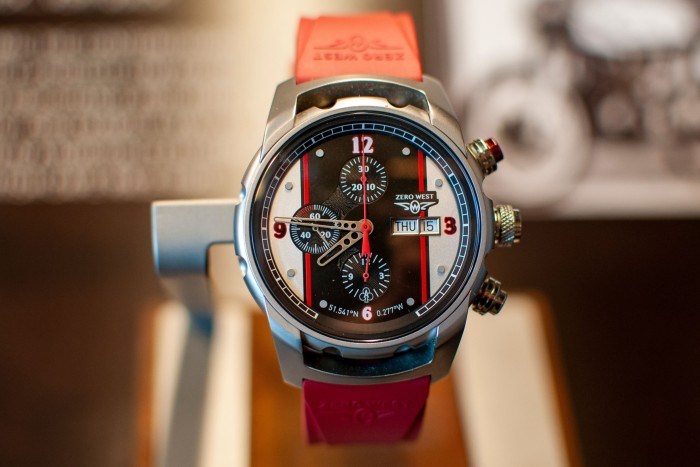
Brabyn and Collins design all of Zero West’s models in the boat house, where they also build prototypes and hand-make the leather straps for every watch they sell.
Many of the components they use are produced in the UK by Collins’s non- horological engineering contacts and are assembled by a local watchmaker, who will shortly set up a bench on the premises.
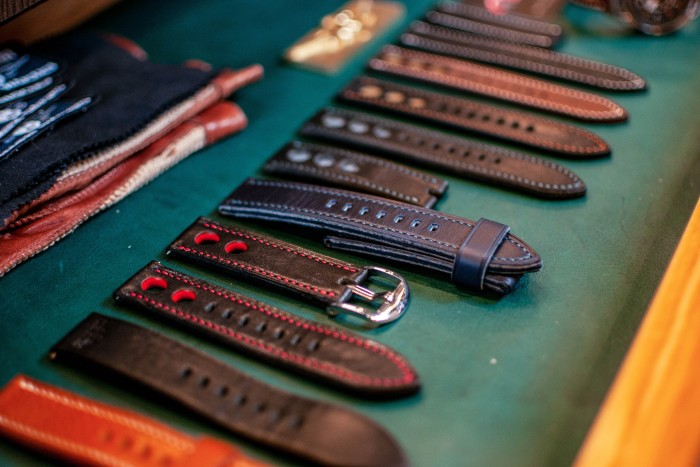
“I’m sure the building’s history as a design and manufacturing space has helped to inspire us, and the ancient wooden floor and full-length windows make for a wonderful atmosphere,” says Brabyn, who has added to the nostalgia of the place by decorating it with objects such as a Merlin Spitfire engine that supports a meeting table, vintage lights, burnished leather sofas, and shelves and bookcases lined with car, aircraft and marine memorabilia.
It is a far cry from the more minimalist approach taken by Marloe Watch Company founders Gordon Fraser, a draughtsman, and marketing consultant Oliver Goffe.
When the pair founded the business in 2015, Fraser created his designs in Perth, Scotland while the headquarters were more than 400 miles away in Berkshire.
But, when circumstances forced Goffe to make a temporary move to the Netherlands, it made sense that Marloe’s base should shift closer to Fraser.
“It proved to be a real struggle to find anywhere suitable in Perth, where I was working in a bland old industrial building,” says Fraser.
“But a chance conversation with a couple who run an architecture firm, Lynsay Bell Manson and her husband, Jeff, led to the discovery that they were planning to convert a ruined, L-shaped milking shed in the Kinross countryside. We subsequently agreed that they would create an office for themselves in one part of the ‘L’ and a studio for Marloe in the other.”
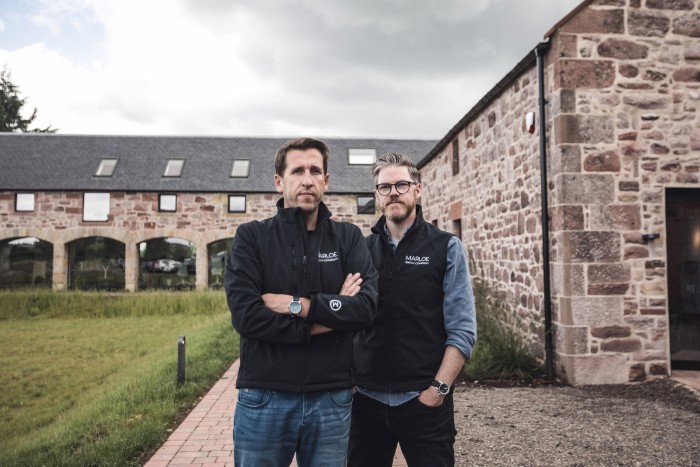
Completed during the Covid lockdowns, the build married the shed’s old stone, exterior walls to a minimalist, modern interior.
“It suits me perfectly as I like to design from an absolutely blank sheet of paper — none of our watches is based on anything that already exists, because I prefer to use a process of intensive research into particular things that inspire us. These are sometimes based on human endeavour — such as mountaineering, water and land speed record-breaking, pioneering aircraft and so on — and sometimes on nature and the landscape.
“So, being in this wonderful, clean, uncluttered space in the middle of the countryside enables me to become completely immersed in a specific subject without any distractions.”
Currently, Marloe’s watches are put together abroad using components sourced from Japan and Switzerland — but, says Fraser, there is sufficient space in the 2,500 sq ft building to bring servicing, repairs and assembly in-house.
When it comes to truly minimalist spaces, though, few can be quite as small as that found in the long, narrow punt boats in which fledgling dial name Beaucroft takes clients on river trips, in its home city of Cambridge.
Matt Herd, a mechanical engineer and product designer, co-founded Beaucroft with marketeer Karim Faisali. The pair were introduced through their respective wives and discovered they both had such a love for watches that they wanted to start a business.
When they launched the brand last year during the Covid pandemic, the pair sold their first pieces by meeting people in person “with a box of watches and a bottle of hand-sanitiser”.
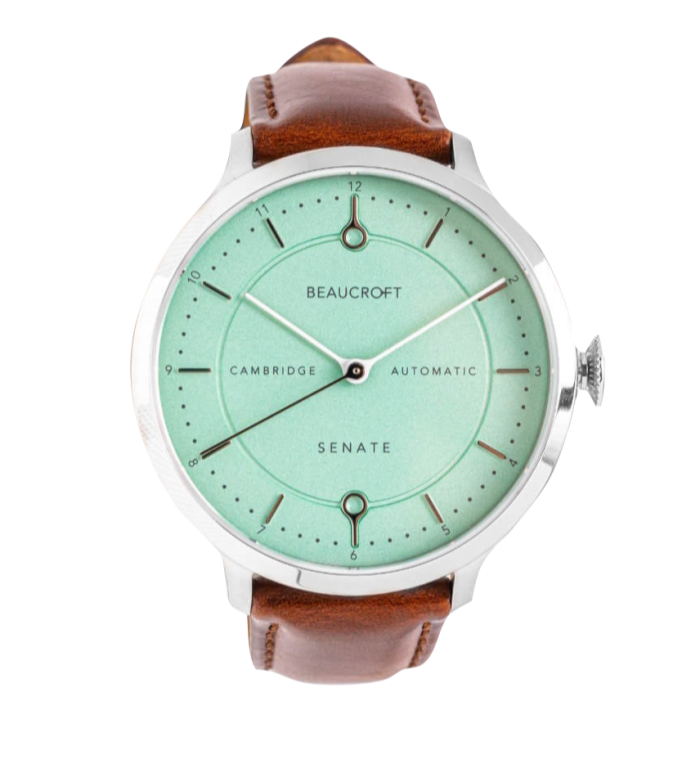
The face-to-face experience made Herd realise that a sub-£500 Beaucroft would, for many customers, be a first introduction to owning a mechanical watch. “It seemed important to get in front of people and explain the history and significance of mechanical watches that led us to set up Beaucroft — so we struck a deal with Rutherford’s Punting that enables us to chat to people while I sketch designs and work out what they want in a watch.”
Beaucroft — which recently became the official watch of Cambridge university — designed the case of its latest edition on the curves and forms of some of the city’s river bridges.
The company has an equally unusual land-based home, too — in the form of the Cambridge Gin Laboratory: a distillery and bar inside a Grade II-listed building.
Comments